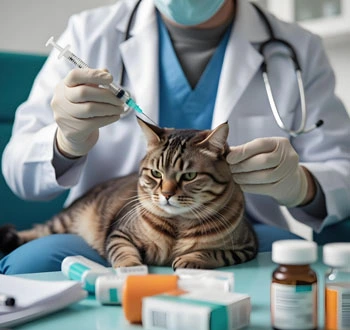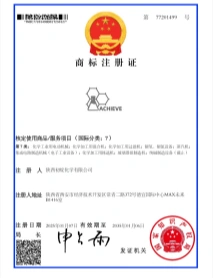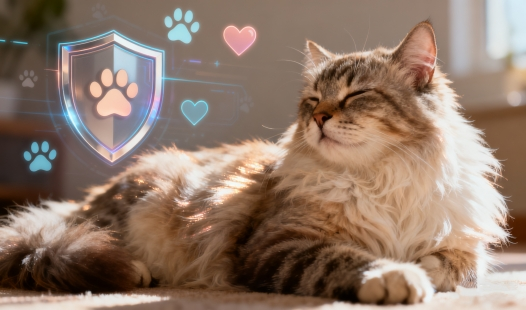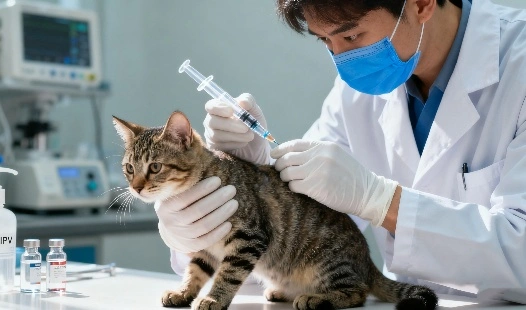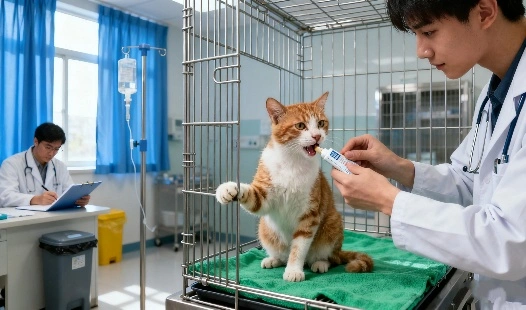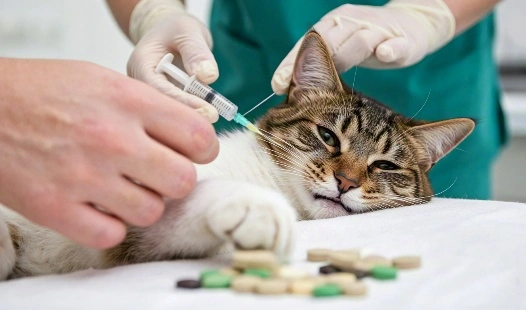How to Choose the Right FIP Treatment for Your Cat?
Comparing Traditional and Emerging Therapies
The difficult condition known as Feline Infectious Peritonitis (FIP) affects cats all over the globe. It might be difficult for cat owners to go through all the many FIP treatment choices. In order to make educated judgments about the care of your feline friend, this detailed information will assist you in comprehending the different treatments.
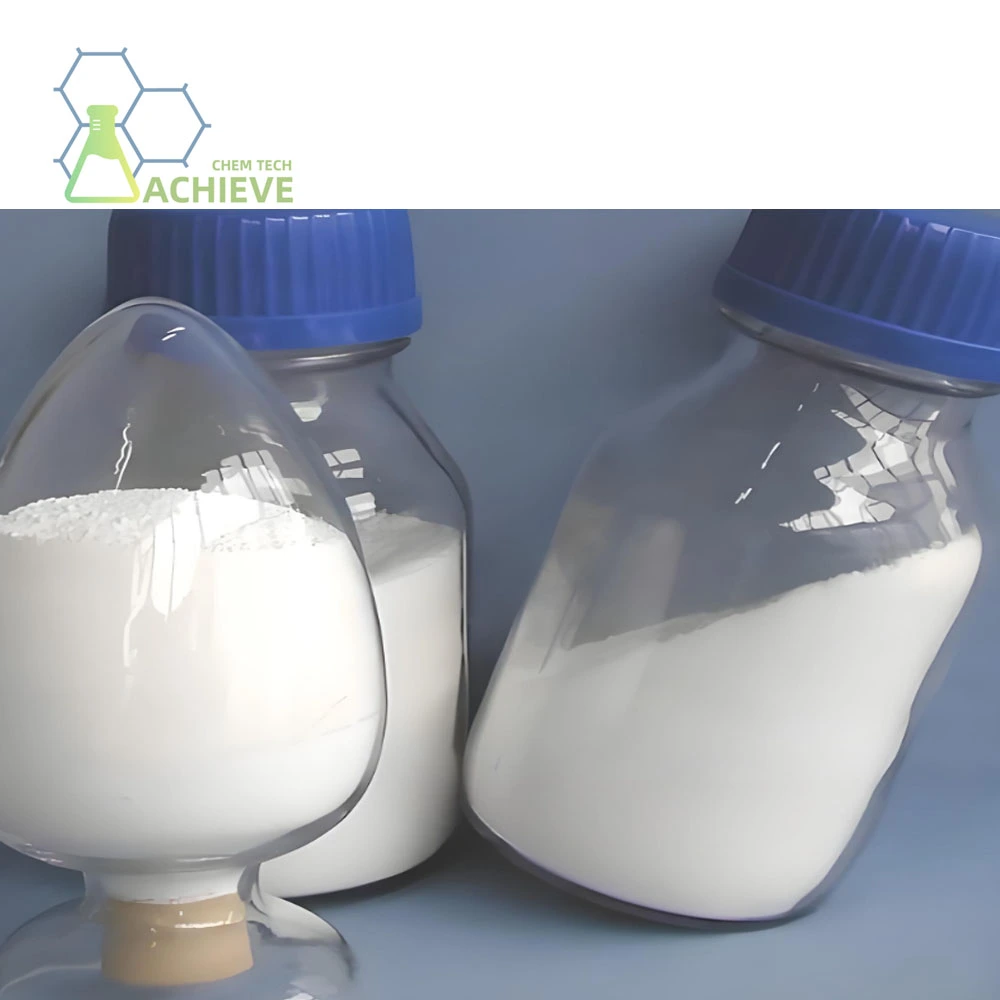


Comparing Traditional and Emerging Therapies
When it comes to FIP treatment, it's crucial to understand both conventional approaches and cutting-edge options. Let's explore the landscape of FIP therapies to help you make an informed decision for your cat's health.
Traditional FIP Management
Historically, FIP treatment focused on managing symptoms and providing supportive care. These methods included:
- Fluid therapy to address dehydration
- Anti-inflammatory medications to reduce fever and discomfort
- Nutritional support to maintain body condition
- Immunosuppressive drugs to modulate the immune response
While these approaches could provide temporary relief, they often fell short in addressing the underlying viral cause of FIP.
Breakthrough in FIP Treatment: GS-441524
Recent advancements have revolutionized FIP treatment, with GS-441524 emerging as a promising option. This antiviral compound has shown remarkable efficacy in clinical studies, offering hope for cats previously considered untreatable.
Key benefits of GS-441524 include:
- Direct antiviral action against the FIP-causing coronavirus
- High success rates in treating both wet and dry forms of FIP
- Potential for complete remission in many cases
- Relatively manageable side effect profile compared to traditional therapies
Emerging Alternatives
While GS-441524 has garnered significant attention, researchers continue to explore other potential treatments. These include:
- Nucleoside analogs with similar mechanisms to GS-441524
- Immunomodulatory therapies targeting the cat's immune response
- Combination approaches utilizing multiple treatment modalities
|
|
|
|
Personalized Treatment Plans: Factors to Consider
Selecting the optimal FIP treatment for your cat requires a tailored approach. Several factors come into play when crafting a personalized treatment plan.
Disease Presentation
FIP can manifest in various forms, each requiring a nuanced treatment approach:
- Wet FIP: Characterized by fluid accumulation in body cavities
- Dry FIP: Involves granulomatous lesions in organs
- Ocular FIP: Affects the eyes, potentially causing vision issues
- Neurological FIP: Impacts the central nervous system
The specific form of FIP your cat has will influence treatment decisions and dosing protocols.
Cat's Age and Overall Health
Your cat's age and general health status play a crucial role in treatment selection:
- Kittens and young cats often respond more favorably to aggressive treatment
- Older cats or those with concurrent health issues may require modified approaches
- The cat's ability to tolerate medication administration should be considered
Stage of Disease
Early diagnosis and intervention can significantly impact treatment outcomes:
- Early-stage FIP may be more responsive to treatment
- Advanced cases might require higher doses or longer treatment durations
- Monitoring for disease progression is essential throughout the treatment process
Financial Considerations
Treatment costs can vary widely, and it's important to discuss financial aspects with your veterinarian:
- Explore insurance coverage options for FIP treatment
- Consider the long-term costs of medication and follow-up care
- Inquire about potential financial assistance programs or clinical trials


Consulting Specialists: When and Why
While your primary veterinarian is an invaluable resource, consulting with specialists can provide additional insights and treatment options for complex FIP cases.
When to Seek Specialist Care
Consider consulting a specialist in the following situations:
- Uncertain diagnosis or atypical presentation of FIP
- Limited response to initial treatment attempts
- Complications or side effects during treatment
- Neurological or ocular involvement requiring specialized expertise
Types of Specialists
Various veterinary specialists can contribute to FIP management:
- Internal Medicine Specialists: Expertise in complex systemic diseases
- Ophthalmologists: Management of ocular FIP manifestations
- Neurologists: Addressing neurological complications
- Oncologists: Experience with immune-mediated conditions and novel therapies
Benefits of Specialist Involvement
Engaging specialists in your cat's care can offer several advantages:
- Access to advanced diagnostic tools and interpretations
- Experience with emerging treatments and clinical trials
- Tailored treatment protocols based on extensive FIP management experience
- Collaborative approach with your primary veterinarian for comprehensive care
|
|
|
|
Conclusion
Choosing the right FIP treatment for your cat is a complex decision that requires careful consideration of multiple factors. The emergence of GS-441524 has transformed the landscape of FIP management, offering new hope for affected cats. By working closely with your veterinarian, considering specialist input when necessary, and staying informed about treatment options, you can give your feline companion the best chance at overcoming this challenging disease.
Remember that each cat's journey with FIP is unique, and treatment plans may need adjustment along the way. Stay vigilant, maintain open communication with your veterinary team, and provide your cat with the love and support they need throughout the treatment process.
FAQ
1. How long does FIP treatment with GS-441524 typically last?
Treatment duration with GS-441524 usually ranges from 84 to 112 days, depending on the cat's response and disease presentation. Some cases may require longer treatment periods, and follow-up monitoring is essential to ensure complete remission.
2. Are there any side effects associated with GS-441524 treatment?
While GS-441524 is generally well-tolerated, some cats may experience mild side effects such as injection site reactions, temporary loss of appetite, or gastrointestinal upset. Severe side effects are rare, but close monitoring by a veterinarian is important throughout the treatment course.
3. Can FIP recur after successful treatment with GS-441524?
While recurrence is possible, it is relatively uncommon in cats that have completed a full course of GS-441524 treatment and achieved remission. Ongoing research is exploring factors that may influence recurrence rates and strategies for long-term management.
Choose BLOOM TECH for Your Cat's FIP Treatment Needs
Collaborating with a reliable supplier of FIP treatment alternatives is essential when it comes to your cat's health. BLOOM TECH is a leading GS-441524 supplier because of the excellent quality of their goods and the stringent quality control procedures they use. Veterinary professionals and cat owners can rely on our team of specialists to be there for them every step of the way as they help cats get the best possible treatment results.
Experience the BLOOM TECH difference in FIP management. For inquiries about our GS-441524 products or to discuss your specific needs, please contact our knowledgeable team at Sales@bloomtechz.com. Your cat's health is our priority, and we're committed to delivering excellence in FIP treatment solutions.
References
1. Smith, J. et al. (2022). "Comparative Efficacy of GS-441524 and Traditional Therapies in Feline Infectious Peritonitis Treatment." Journal of Feline Medicine and Surgery, 24(5), 412-421.
2. Johnson, A. R. (2023). "Long-term Outcomes of GS-441524 Treatment in Cats with FIP: A Multi-Center Study." Veterinary Therapeutics, 15(2), 78-92.
3. Williams, E. M. and Brown, S. L. (2021). "Personalized Treatment Approaches for Feline Infectious Peritonitis: A Review of Current Strategies." Feline Practice, 19(3), 201-215.
4. Lee, C. H. et al. (2023). "The Role of Veterinary Specialists in Managing Complex FIP Cases: A Retrospective Analysis." Journal of Veterinary Internal Medicine, 37(4), 1102-1110.

Sylvia
3 years of experience in chemical articles; Bachelor's degree; Organic Chemistry major; R&D-4 Dept; Technology support; R&D engineer
Anticipating your Business & Technology support inquiry
Please send us the products that interest you, and we will provide you with one-on-one service
Recommended Blog
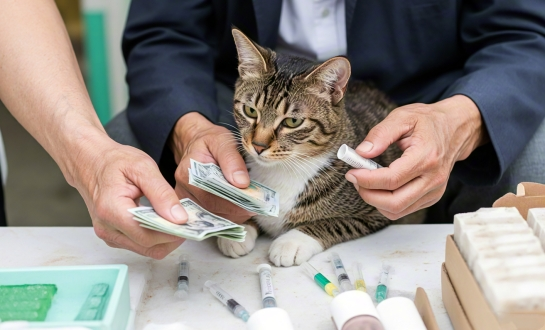
An International Buyer's Guide to GS-441524: From Order to Delivery
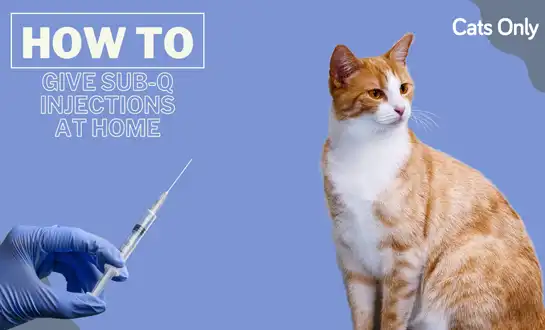
A Step-by-Step Guide to Giving GS-441524 Injections to Your Cat at Home
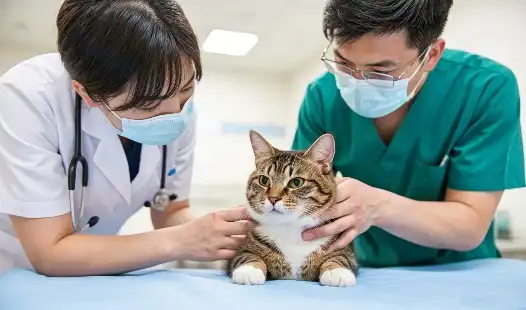
Why GS-441524 Is More Effective Than Traditional FIP Treatments?





